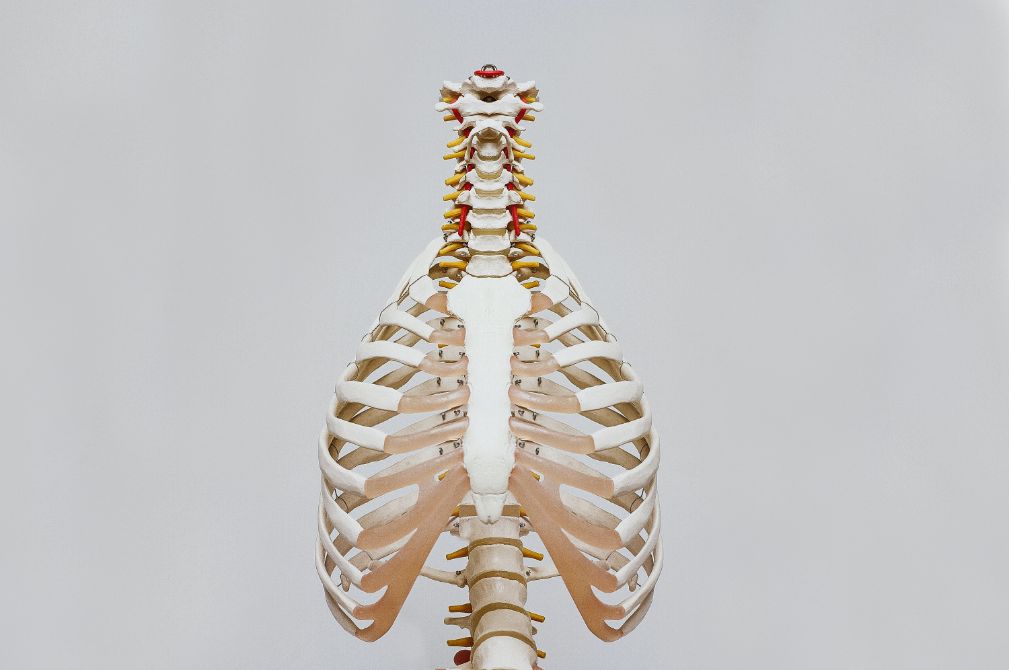Your digestive and respiratory systems initially appear to be two distinct systems. However, they collaborate in practice. So, how does the digestive system interact with the respiratory system? Please keep reading for more information if this subject interests you.
Digestive Function
The National Institute of Diabetes and Digestive and Kidney Diseases (NIDDK) states that your GI tract, which includes your mouth, esophagus, stomach, small intestine, large intestine, and anus, as well as organs like your liver, pancreas, and gallbladder, make up your digestive system.
According to the NIDDK, it aids in the breakdown of nutrients in food and drinks so that your body can absorb them and use them for energy, cell growth, and cellular repair.
Steps Of Digestion
The NIDDK lists the following stages of digestion:
- Mouth: After chewing, food enters the esophagus.
- Esophagus: The moment you swallow, your body begins a process known as peristalsis, in which the muscles in your GI tract gradually relax and contract to move food through your digestive system.
- esophageal lower sphincter: Your sphincter muscle relaxes as food travels down your esophagus so that it can enter your stomach.
- Stomach: Digestive juices mix with food to aid in digestion.
- Small intestine: After that, food enters the small intestine, where it further breaks down with the assistance of additional digestive fluids produced by your liver, pancreas, and intestine. Your small intestine takes in fluid and nutrients throughout this process.
- Large intestine: Peristalsis moves the leftover waste products down your GI tract, where the large intestine absorbs water to transform them into the stool.
- Rectum: During a bowel movement, peristalsis moves stool to your rectum (the end of the large intestine), where it is eventually pushed out of your anus.
Respiratory Function
According to the Cleveland Clinic, your respiratory system is a collection of organs and tissues that aids in breathing. Your mouth, nose, sinuses, throat, trachea, bronchial tubes, lungs, diaphragm, larynx, ribs, blood vessels, and the muscles and tissues that support the proper operation of these parts make up your body.
The respiratory system draws oxygen from the air around you and circulates it throughout your body. Your respiratory system aids in the following processes, according to the Cleveland Clinic, in addition to allowing you to breathe:

- Talking
- Smelling
- Keeping the air in your body at the right temperature and humidity level
- Delivering oxygen to cells
- Removing waste gases (like carbon dioxide) from your body
- Protecting your airways from harmful substances and irritants
Steps Of Respiration
Here is a detailed explanation of how your respiratory system works, as recommended by the Cleveland Clinic:
- Your mouth and nose draw air from the surroundings.
- Your lungs receive the air.
- Your lungs draw oxygen from the air and transfer it to your blood.
- In order to hydrate and energize tissues, cells, and organs, blood transports oxygen throughout the body.
- When you exhale, your body releases waste products like carbon dioxide through your blood.
Digestive Dependence Upon Respiration
You already know how crucial breathing and digestion are to the body. Here is how the digestive system and the respiratory system interact.
According to Texas A&M University, the digestive system depends on the respiratory system to supply oxygen for it to perform its duties, which include sustaining peristalsis, which helps food move through the digestive process.
By eliminating waste products that cells produce during digestion, such as carbon dioxide, the respiratory system also helps the digestive system.
Respiratory Dependence Upon Digestion
The obverse of the coin is also true: Additionally, digestion affects your respiratory system.
How the digestive and respiratory systems work together are as follows: According to Texas A&M University, the nutrients your respiratory organs and tissue require to function properly are delivered to them by your digestive system (and the subsequent absorption of nutrients from your food).
According to the Cleveland Clinic, your muscles wouldn’t have the energy they require to contract in order to move oxygen through your airways and into the rest of your body without enough fuel.
Cellular Dependence Upon Both Systems
Not only do your respiratory and digestive systems work together, but they also affect the health and efficiency of every cell in your body.
Here is how the two are connected in terms of cellular respiration: According to Texas A&M University, it gives your cells the fuel and nutrients they need to do their jobs. Similarly, according to the Cleveland Clinic, your respiratory system gives your cells the oxygen they need to function.
Final Words
Air is used by your respiratory system to take in oxygen. Carbon dioxide is additionally eliminated. Your digestive system absorbs water and nutrients from the food you eat. The oxygen, water, and nutrients that your body needs to function are delivered to the cells by your circulatory system.



